Countdown to Christmas Giveaway!
Days
Hours
Minutes
Seconds
Days
Hours
Minutes
Seconds
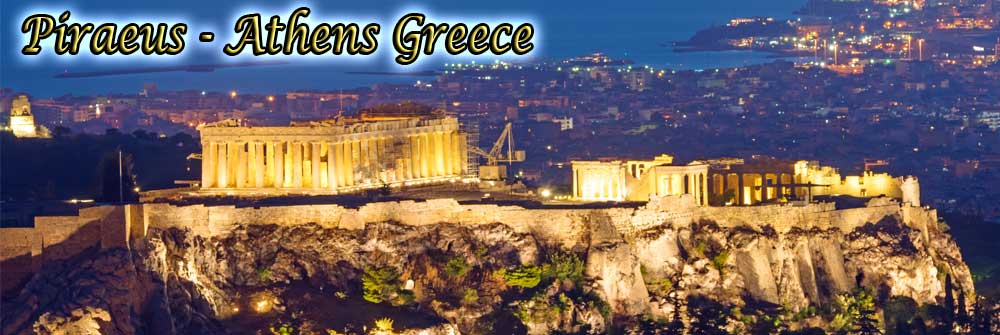 Day 8 - ATHENS (PIRAEUS), "THE CRADLE OF EUROPEAN CIVILIZATION” October 1, 2021
Day 8 - ATHENS (PIRAEUS), "THE CRADLE OF EUROPEAN CIVILIZATION” October 1, 2021You could spend a lifetime in Europe’s oldest city and still not see everything it has to offer. Settled over 3,500 years ago, Athens is like a mythological crossroads of the past and present, where modern buildings share the skyline with spectacular ruins like the Parthenon. Make your way to Vasilissis Amalias Street for the archaeological line-up in the heart of the ancient city, including the Temple of Olympian Zeus, Ancient Agora, Arch of Hadrian, and of course, the Acropolis. Neighborhoods like Pangrati, Exarhia, and Petralona feature fantastic taverns where you can rub elbows with the locals while dining on the sidewalk well into the wee hours of the night
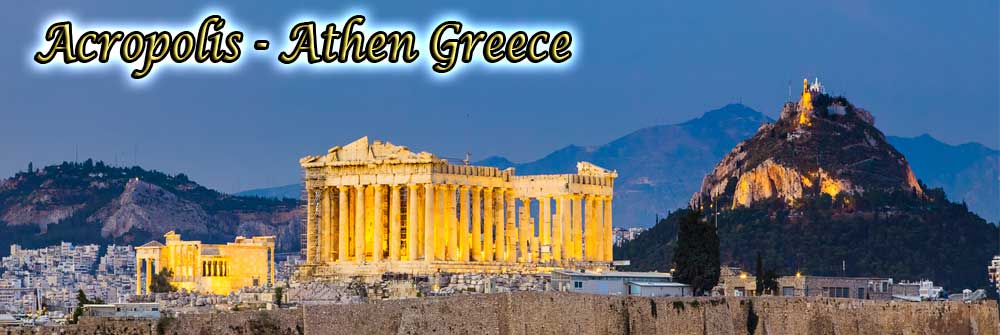
Piraeus is a port city in the region of Attica, Greece. Piraeus is located within the Athens urban area, 12 kilometres southwest from its city center, and lies along the east coast of the Saronic Gulf. According to the 2011 census, Piraeus had a population of 163,688 people within its administrative limits, making it the fourth largest municipalit
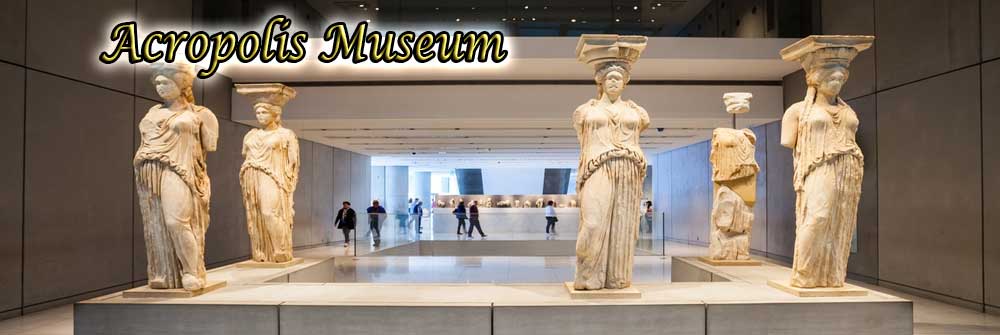
The work of Swiss architect Bernard Tschumi, the Acropolis Museum in on the southeast slope and was unveiled in 2009 to present the many thousands of artefacts discovered on the archaeological site of the Acropolis.Smartly oriented to give you constant views of the Parthenon, the museum is built over ancient ruins and much of the ground floor has glass panels and open spaces, showing the foundations below.
On three levels visitors are sent on a chronological trip through the centuries, starting with the hill’s archaic discoveries in a large trapezoidal hall that also has findings from the Erechtheion, the Propylaea gateway and the Temple of Athena Nike.After this you go up to wonder at the marbles from the frieze (including metopes) and the pediments of the Parthenon in a hall with the same dimensions, column spacing and orientation as the temple.
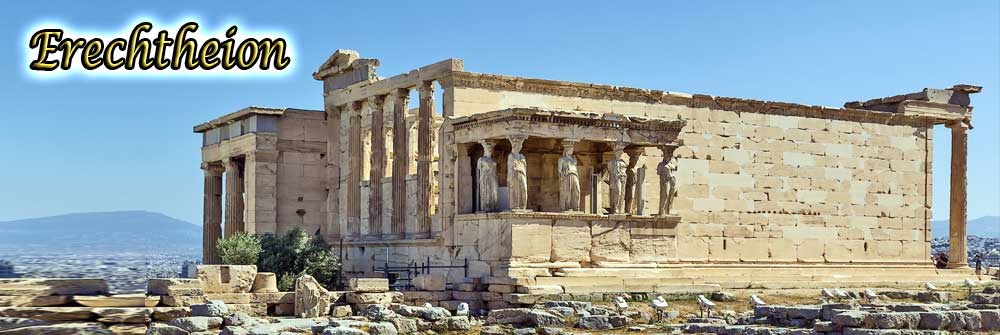
On the north side of the Acropolis is a temple to Athena and Poseidon, built in the Ionic Order from 421 to 406 BC. After antiquity this monument had all sorts of uses, as a Byzantine church, a palace in the Frankish period and much later a residence for the Ottoman commander’s harem. The thing you have to see, and the Erechtheion’s defining image, is the southern Porch of the Maidens.
This has six magnificent caryatids supporting its roof, carved by Callimachus or Alcamenes. The current caryatids are casts, and five of the originals are now in the Acropolis museum and a sixth is at the British Museum.
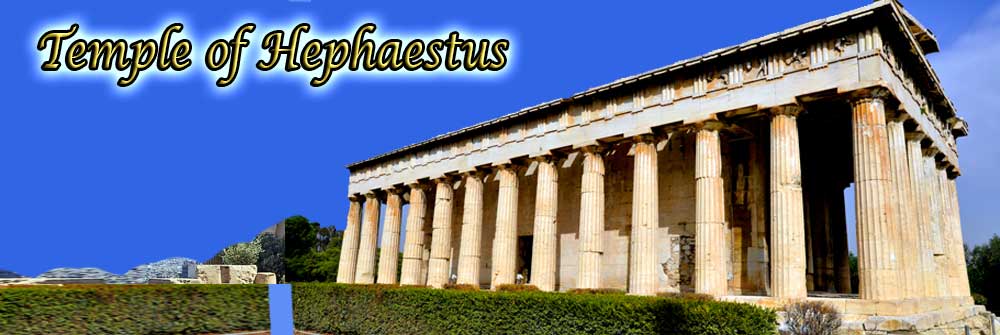
Atop the 65-metre Agoraios Kolonos hill on the northwest side of the Agora of Athens, the Temple of Hephaestus is a Doric peripteral temple in an amazing state of preservation. It was built in the second half of the 5th century BC and construction was delayed for three decades because funds and labour were redirected towards the Parthenon.
Designed by Ictinus, the temple was dedicated to Athena and Hephaestus who was the ancient god of fire, metalworking, forges, sculpture and stonemasonry, and has six fluted columns on its west side and 13 on its north and south. You can also make out plenty of sculpted elements, from the Labour of Hercules on the meotopes on the east side, to the pronaos and opisthodomos, which show Theseus with the Pallantides and the battle of Centaurs and Lapiths.